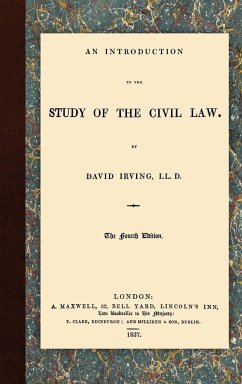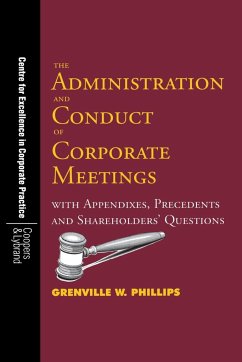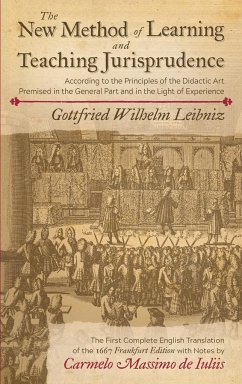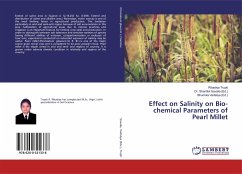
An Introduction to Spectroscopy, Atomic Structure and Chemical Bonding
Versandkostenfrei!
Versandfertig in 1-2 Wochen
42,99 €
inkl. MwSt.

PAYBACK Punkte
21 °P sammeln!
An Introduction to Spectroscopy presents the most fundamental concepts of inorganic chemistry at a level appropriate for first year students and in a manner comprehensible to them. This is true even of 'difficult' topics such as the wave mechanical atom, symmetry elements and symmetry operations, and the ligand group orbital approach to bonding, The book contains many useful diagrams illustrating (among other things) the angular dependence of atomic wave functions the derivation of energy level diagrams for polyatomic molecules; close packed lattices and ionic crystal structures. The diagrams ...
An Introduction to Spectroscopy presents the most fundamental concepts of inorganic chemistry at a level appropriate for first year students and in a manner comprehensible to them. This is true even of 'difficult' topics such as the wave mechanical atom, symmetry elements and symmetry operations, and the ligand group orbital approach to bonding, The book contains many useful diagrams illustrating (among other things) the angular dependence of atomic wave functions the derivation of energy level diagrams for polyatomic molecules; close packed lattices and ionic crystal structures. The diagrams of the periodic variation of atomic and molecular properties, showing trends across periods and down groups simultaneously, are especially instructive. Spectroscopy is presented mainly as a tool for the elucidation of atomic and molecular structures. Each chapter begins with a clear and concise statement of "What Every First-year Student Should Know About . . ." outlining the background knowledge that the student is assumed to have from previous courses and thus pointing out what topics might need to be reviewed. There are also detailed statements of the objectives of each chapter, a number of worked examples interspersed in the text, and a comprehensive set of problems and exercises to test the student's understanding. Tables of data throughout the text and appendices at the end provide much valuable information.












